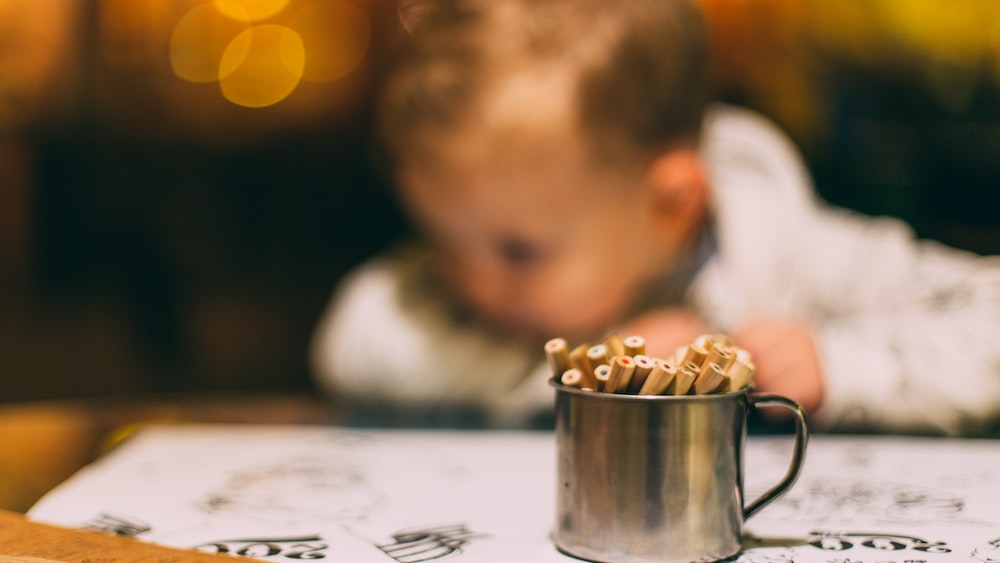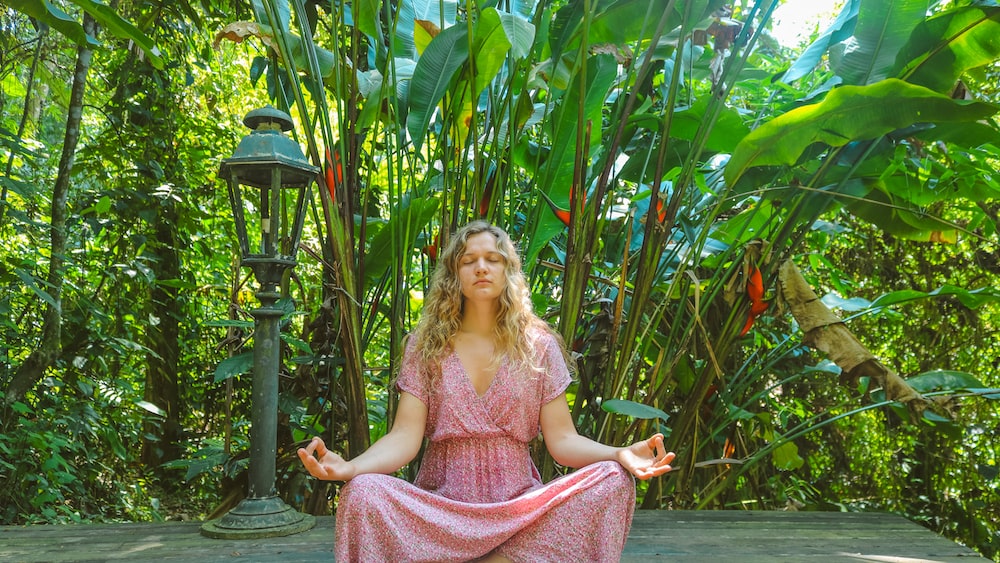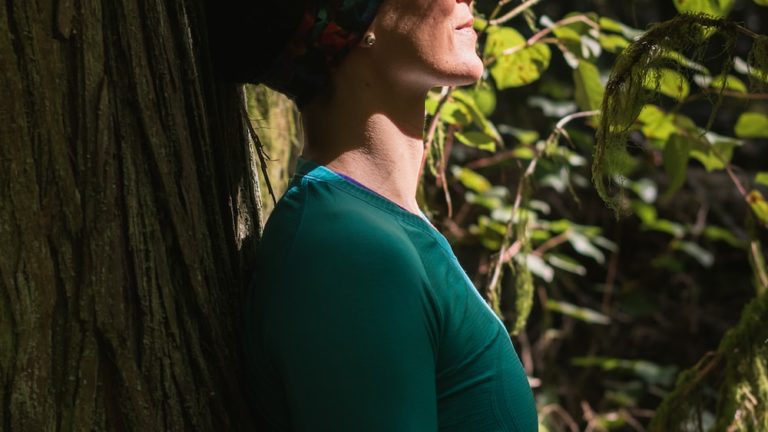11 Spooky Halloween Mindfulness Activities For Kids
Hello there! Halloween is just around the corner, and it’s the perfect time to introduce some fun and spooky mindfulness activities for kids. Not only do these activities help celebrate the season, but they also teach valuable life skills that promote emotional and mental well-being. Are you ready to dive into a world of spooky fun while nurturing your child’s inner peace? Then you’re in the right place!
In this article, we’ll explore 11 Spooky Halloween Mindfulness Activities for Kids that will entertain and engage them while promoting self-awareness and relaxation. These activities are perfect for children of all ages and can be easily adapted to suit different needs and abilities. So, let’s get started on this thrilling journey of mindfulness and self-growth!
Halloween-Themed Mindfulness Activities
Ready to dive into our list of Halloween-themed mindfulness activities? These activities are designed to be both fun and educational, helping children develop essential skills like focus, concentration, and emotional regulation. Let’s get started with our first activity: Pumpkin Breathing!
1. Pumpkin Breathing
Pumpkin Breathing is a fun and festive way to introduce deep breathing exercises to children. Deep breathing helps to calm the mind and body, reducing stress and anxiety. Plus, it’s incredibly easy to do!
To begin, have your child sit comfortably and imagine they are holding a small, inflatable pumpkin in their hands. As they take a deep breath in, they should imagine the pumpkin expanding and growing bigger. When exhaling, they should visualize the pumpkin shrinking back to its original size. Encourage your child to focus on their breath and the sensation of the pumpkin growing and shrinking in their hands. Repeat this exercise several times, and watch as your child becomes more relaxed and focused.
Introducing Pumpkin Breathing to children is an easy and festive way to teach deep breathing exercises that can help calm the mind and reduce stress and anxiety.
2. Halloween Sensory Walk
A Halloween Sensory Walk is a fantastic way to engage your child’s senses and promote mindfulness. This activity encourages children to explore their environment using all five senses, helping to improve focus and concentration.
To set up a sensory walk, create a Halloween-themed pathway in your home or backyard, incorporating various textures, smells, and sounds. For example, you could include crunchy leaves, soft blankets, scented candles, and spooky music. Guide your child through the pathway, encouraging them to take their time and fully experience each sensory station. This activity is not only fun, but also helps children become more aware of their surroundings and the sensations they experience.
3. Spooky Halloween Calm Down Jar
The Spooky Halloween Calm Down Jar is a creative and mesmerizing way to help your child relax and refocus their mind. This DIY project combines arts and crafts with mindfulness, making it perfect for kids who love hands-on activities.
To create a calm down jar, simply fill a clear jar with water, glitter, and a few drops of Halloween-themed food coloring. You can also add small Halloween trinkets, such as plastic spiders or pumpkin confetti. Seal the jar tightly and shake it up to create a swirling, glittery storm. Encourage your child to watch the glitter slowly settle, focusing on their breath and the movement of the glitter. This activity promotes relaxation and helps children develop self-soothing techniques.
4. Mindful Colouring
Mindful colouring is a popular and calming activity that encourages focus and self-expression. To make it more festive, provide your child with Halloween-themed colouring pages featuring their favorite spooky characters or scenes.
As your child colours, encourage them to focus on the process, noticing the different shades and textures they create. Remind them that there is no right or wrong way to colour, and that the goal is simply to enjoy the experience. This activity not only nurtures creativity but also helps improve concentration and emotional regulation.

5. Mindful Eating
Halloween is often associated with indulgence in sweets and treats. Mindful eating is an excellent way to teach your child to savor and enjoy their favorite Halloween goodies without overeating.
To practice mindful eating, have your child choose a small treat, such as a piece of candy or a cookie. Instruct them to examine the treat, noticing its shape, colour, and texture. Then, have them take small bites, chewing slowly and savoring the taste and texture in their mouth. Encourage your child to focus on the sensations and flavors, noticing how they change as they continue to eat. This activity not only promotes healthier eating habits but also teaches children the importance of being present and fully experiencing each moment.
6. Spider Races
Spider Races are a fun and active Halloween-themed mindfulness activity that encourages focus and concentration. In this game, children will race to move a plastic spider across a table or floor using only their breath.
Provide each child with a plastic spider and a straw. Have them place their spider at the starting line and use the straw to blow air, propelling the spider forward. The first one to reach the finish line wins! This activity not only promotes healthy competition but also teaches children the power of controlled breathing and focus.
7. Ghost Yoga Poses
Ghost Yoga Poses are a playful way to introduce children to the benefits of yoga and mindfulness. In this activity, children will learn and practice yoga poses inspired by popular Halloween characters.
Begin by teaching your child a few Halloween-themed yoga poses, such as:
- Ghost Pose: Standing tall, reach your arms overhead and slowly float them down like a ghost floating through the air.
- Cat Pose: Start on all fours, arch your back, and tuck your chin to your chest, mimicking a scared cat.
- Crescent Moon Pose: Stand tall and reach your arms overhead, gently bending to one side to form a crescent moon shape with your body.
Encourage your child to move slowly and mindfully through each pose, focusing on their breath and the sensations in their body. This activity not only improves flexibility and balance but also helps to calm and center the mind.
8. Witch’s Broomstick Balancing
Witch’s Broomstick Balancing is a fun and challenging Halloween-themed mindfulness activity that promotes focus, concentration, and balance. In this game, children will attempt to balance a broomstick on their hand or finger without letting it fall.
Provide each child with a broomstick (or a long stick, if a broomstick is not available). Encourage them to experiment with different hand positions and focus on keeping the broomstick balanced. This activity not only improves hand-eye coordination but also teaches children the importance of patience and persistence.
Practice Witch’s Broomstick Balancing to improve hand-eye coordination and teach children the importance of patience and persistence.
9. Scarecrow Meditation
Scarecrows are a Halloween staple, but did you know that they can also be used to help teach mindfulness to kids? Scarecrow meditation is a great way to help children learn how to focus their attention on their bodies and their breath. To start, have the children stand with their feet shoulder-width apart and their arms outstretched like a scarecrow. Encourage them to take deep breaths and focus on the sensation of the breath moving in and out of their bodies. They can imagine that they are filling up with air like a balloon on the inhale, and then deflating like a scarecrow on the exhale.
As they stand in this position, they can also bring their attention to the physical sensations in their body. Are they feeling any tension or discomfort? Can they release that tension on the exhale? By practicing this simple meditation, children can learn how to tune in to their bodies and their breath, and develop a greater sense of self-awareness.
As with any mindfulness practice, it’s important to emphasize that there’s no right or wrong way to do it. Encourage children to simply observe their thoughts and feelings without judgment, and to bring their attention back to their breath whenever their mind wanders. With practice, scarecrow meditation can become a powerful tool for helping children manage stress and anxiety, and develop greater emotional resilience.

10. Zombie Freeze Dance
Zombies might not seem like the most obvious choice for a mindfulness activity, but the zombie freeze dance is a fun and engaging way to help kids develop their focus and attention. To play, simply start playing some Halloween-themed music and have the children dance around. Every so often, call out “Freeze!” and have the kids stop in their tracks and hold their pose for a few seconds. This helps them practice self-control and develop their ability to focus their attention on their bodies and their surroundings.
To make the game more challenging, you can also incorporate different cues for the freeze, such as calling out a specific body part (e.g. “Freeze with one hand in the air!”) or asking the children to freeze in a specific Halloween-themed pose (e.g. “Freeze like a vampire!”). This helps to keep the game fresh and engaging, and encourages children to think creatively.
The zombie freeze dance is a great way to help kids develop their mindfulness skills while also having fun and getting some exercise. By practicing self-awareness and focus in this playful context, children can learn to apply these skills in other areas of their lives as well.
11. Monster Mindfulness Storytelling
Storytelling is a powerful tool for developing mindfulness and empathy in children. By using their imaginations to create and inhabit different characters, children can learn to see the world from multiple perspectives and develop greater compassion for others. Monster mindfulness storytelling is a fun and creative way to help kids explore their emotions and learn to regulate them in a healthy way.
To play, invite the children to create their own Halloween-themed monsters. They can give their monsters names, personalities, and backstories, and then share their creations with the group. Encourage them to explore the emotions that their monsters might feel, and to think about how those emotions might be expressed in a healthy way.
As the children share their stories, emphasize the importance of active listening and empathy. Remind them that everyone’s experiences and emotions are valid, and that by listening to each other’s stories, they can develop a greater sense of connection and understanding.
By practicing mindfulness and empathy through storytelling, children can develop a greater sense of emotional regulation and resilience, and learn to navigate their own emotions and relationships in a healthy way.
Encouraging Participation and Openness
When introducing Halloween mindfulness activities, it’s important to encourage participation and openness among the children. Start by creating a non-judgmental atmosphere where kids feel comfortable sharing their thoughts, feelings, and experiences. This can be done by discussing the purpose of these activities and emphasizing that there are no right or wrong answers.
Next, try to make the activities as interactive and enjoyable as possible. Encourage children to share their ideas and give them the opportunity to take the lead in some of the activities. This will help them feel more engaged and invested in the process. Finally, be sure to praise their efforts and acknowledge their progress, as this will boost their confidence and motivation to continue practicing mindfulness.
Adapting Activities to Suit Different Ages and Abilities
When implementing Halloween mindfulness activities, it is essential to adapt them to suit different ages and abilities. For younger children, simplify the activities by using age-appropriate language and concepts. For example, when teaching pumpkin breathing, you can use a visual aid like a small pumpkin to demonstrate the technique and make it more relatable to them.
For older children, you can introduce more complex activities that require increased focus and concentration. Additionally, you can incorporate discussions about the importance of mindfulness and how it can help them in their daily lives. Remember to always be patient and understanding, as each child’s learning pace and abilities will vary. Adjust the activities accordingly and ensure that they remain engaging and beneficial for everyone.
Reinforcing the Importance of Mindfulness Practice
To help children embrace mindfulness fully, it’s crucial to reinforce the importance of regular practice. Explain to them how mindfulness can have a positive impact on their mental, emotional, and physical well-being. Discuss the benefits of mindfulness, such as improved focus, stress reduction, and emotional regulation, and relate them to real-life situations the children may face.

Consistently incorporate mindfulness activities into their daily routines, whether it’s during classroom transitions, at home before bedtime, or as a calming strategy during stressful situations. By making mindfulness a regular part of their lives, they are more likely to adopt it as a lifelong habit that will contribute to their overall well-being.
FAQs
1. How can I make Halloween mindfulness activities more engaging for children?
To make Halloween mindfulness activities more engaging, incorporate elements of fun and creativity into the activities. Use Halloween-themed visuals, props, and stories to capture their attention and imagination. Encourage their participation by giving them the opportunity to take the lead and express their ideas.
2. Can Halloween mindfulness activities be done in a group setting?
Yes, Halloween mindfulness activities can definitely be done in a group setting. In fact, practicing mindfulness in a group can enhance the sense of connection and support among the participants. Just make sure to adapt the activities to suit the age and abilities of the children in the group.
3. How often should children practice mindfulness activities?
Children should practice mindfulness activities as often as possible in order to reap the maximum benefits. This could mean incorporating mindfulness activities into their daily routines or practicing them a few times a week. The key is consistency and making mindfulness a regular part of their lives.
4. Are there any risks or downsides to practicing Halloween mindfulness activities?
Practicing Halloween mindfulness activities generally poses no risks or downsides, as long as the activities are age-appropriate and implemented in a supportive and nurturing environment. Just ensure that children are comfortable and encouraged throughout the process.
Conclusion
Halloween mindfulness activities offer a fun and engaging way for children to develop essential life skills such as focus, emotional regulation, and stress reduction. By encouraging participation, adapting activities to suit different ages and abilities, and reinforcing the importance of regular practice, you can help children embrace mindfulness as a lifelong habit that will contribute to their overall well-being. Remember, the key to successful mindfulness practice lies in consistency, creativity, and a supportive environment. So, let the spooky Halloween mindfulness journey begin!
I wish you the best! Fabian.
Share with your Friends:






